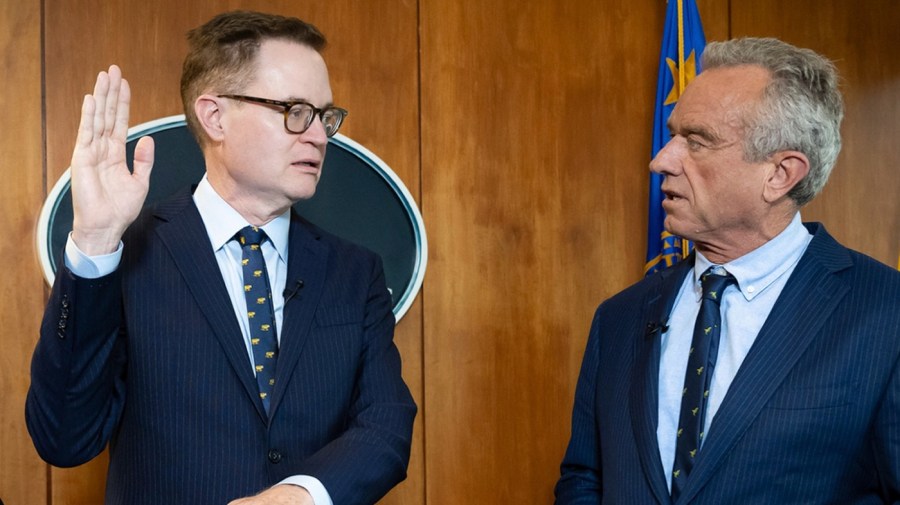There is no research to support such a massive change, but O’Neill endorsed similar remarks made by President Trump. It’s not clear if the message, made in a Monday post on X, should be seen by drugmakers as an official directive from the agency.
O’Neill gave no reason why he thinks separating the shots and spreading them out over time would be beneficial, but his comments build on the administration’s public skepticism of vaccines.
The combination MMR vaccine was licensed in 1971, and monovalent shots were phased out in 2009 due to the success of the combination shot.
Scientists say it wouldn’t make any sense to change that, as there’s no safety issue. Separating the shots would likely decrease adherence to the entire schedule, experts say, and therefore increase disease.
“I think that that would not be met with any enthusiasm by, or acceptance by, either providers or parents who would see their children inoculated with substantially more doses of vaccine,” said William Schaffner, an epidemiologist and professor of public policy at Vanderbilt University.
It would also be a massive hurdle for the two companies, Merck and GSK, that make combination measles, mumps and rubella vaccines for the U.S. market.
“These monovalent vaccines are not even available and I do not envision that vaccine manufacturers are going to want to produce these monovalent vaccines – particularly if they need to be studied in placebo-controlled trials as the Department of HHS has called for,” said William Moss, a professor of epidemiology at Johns Hopkins University’s Bloomberg School of Public Health.
The idea to separate the shots originates from a paper published in 1998 by discredited British researcher Andrew Wakefield, who claimed that the MMR vaccine was linked to increasing rates of autism.
His paper was subsequently retracted, and he is no longer able to practice medicine in the U.K.
